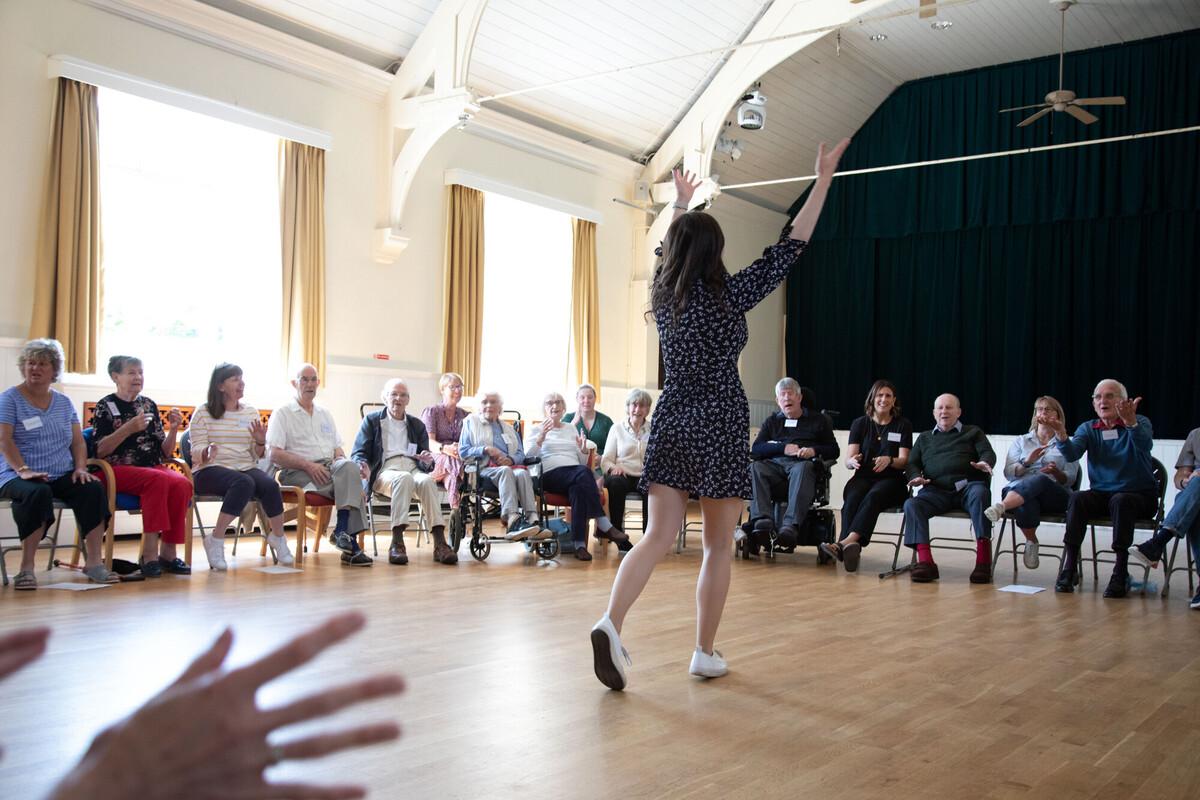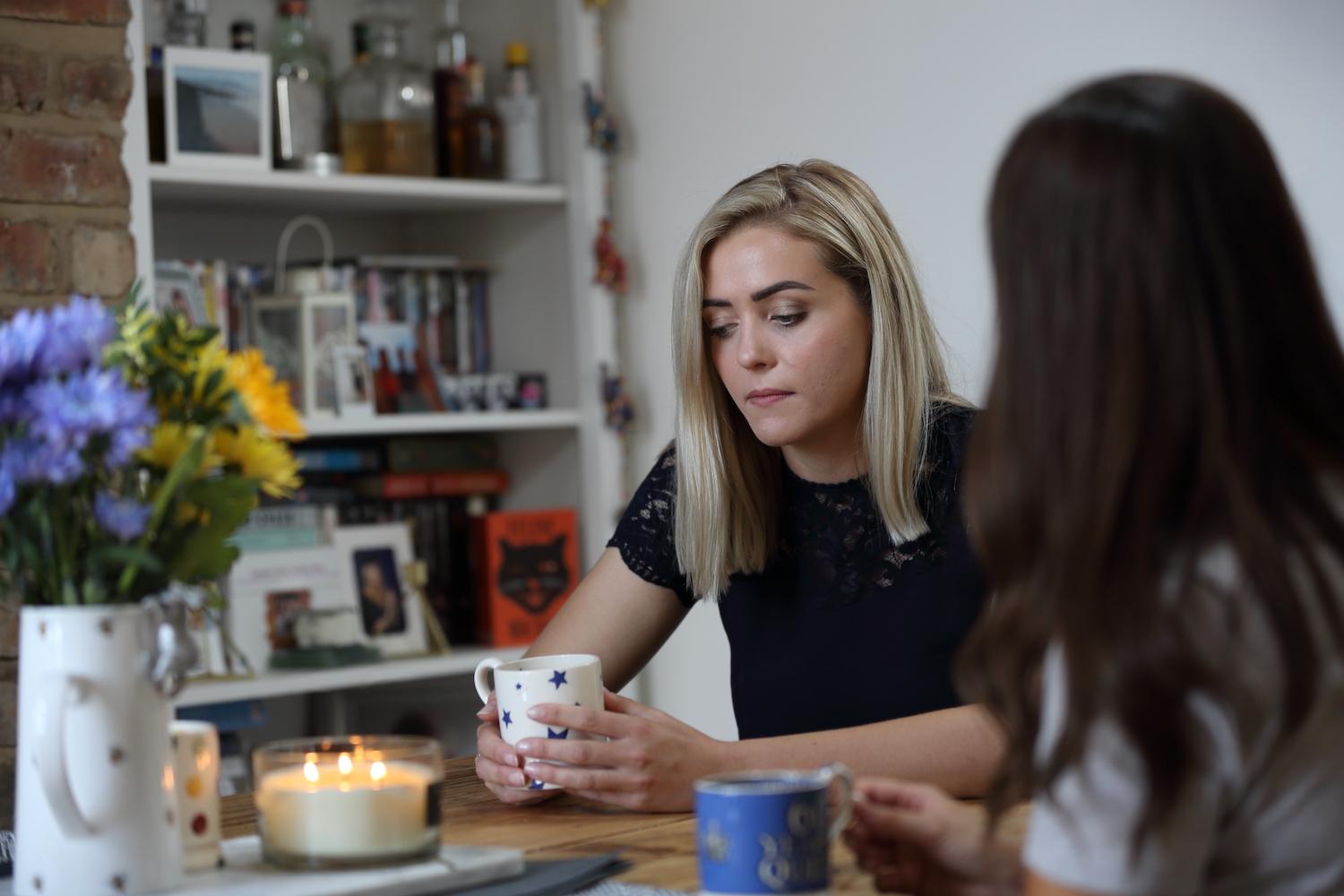We all know that exercise is good for you. But how do different types of exercise benefit you? This month we're the role of stability in all different areas of your life.
Exercise in general is important to maintaining good physical and emotional health. Especially after stroke. Being active can help reduce fatigue and pain. Exercises can improve your independence and boost your confidence.
It is also a great way to reduce your risk of another stroke by:
- Slowing the clogging up of your arteries
- Keeping your heart healthy
- Lowering your blood pressure
- Stabilising your blood sugar
- Reducing the cholesterol in your blood
We recently developed a stroke recovery exercise programme in collaboration with A Stroke of Luck. They are a charity that specialises in exercise-based stroke recovery.
This exercise programme lasted four weeks. Each week focused on a particular theme, including exercises to improve flexibility.
Benefits of improving stability after stroke
Having good stability is an important part of every day life. Stability is usually associated with improved balance and mobility. It can help reduce your risk of falling.
You use stability in everything you do. From carrying objects to walking from one place to another.
For example, imagine you're out shopping and want to reach over to pick something off a shelf. Or maybe a delivery driver is handing over a parcel.
The more stability you have, the more comfortable you will feel doing these things.
You may still need a walking stick for a bit of extra support. But improved stability can make these simple tasks a bit easier.
It can also help build your confidence and independence.
This is why we included stability exercises in our recent programme.
The exercises in week two focused on your core muscles. Your core muscles are important at maintaining your stability. The exercises include things like reaching from side-to-side with a weighted object. There was even one for standing (perfectly) still.
You can choose from three different mobility groups. Not sure which is right for you? Check out our introductory video.
Getting started with stability training after your stroke
Before starting any new exercise programme, you should always speak with your GP. It can also be a good idea to speak with your physiotherapist and occupational therapist. They may have ideas for exercises you can do. Or suggestions for supporting any disability you may have.
If you aren't sure where to start, why not see if your local stroke group has any exercise sessions? These could be instructor led aerobics, dance classes, and more. These are all great ways to improve your stamina.
As mentioned about, you could also try our four-week or 12-week exercise programmes. Both programmes have exercises for different mobility levels. You decide which is right for you. Get started today.
If you’re worried about getting active after stroke, we have some practical tips that may help. This has advice on managing vision problems to answering some common worries.
Other blogs in this category

Community, connection and coping - support for your mental health after stroke
Having stroke can impact on your daily life, relationships, and…
Learn more

Feelings of grief after a stroke
The process of coming to terms with a stroke diagnosis can be…
Learn more
